Synthetic Cannabinoids shop
Definition of k2 Spice
Synthetic k2 spice are a class of molecules that bind to the same receptors to which cannabinoids (THC and CBD) in cannabis plants attach. K2 incense are designer drugs. Consumers commonly spray k2 onto plant matter and usually smoke k2. However, since 2016 some consumers in US and UK ingest spice as a concentrated liquid. Marketers sell spice as herbal incense, or “herbal smoking blends”. K2, Spice, and Synthetic Marijuana are common names. They are often labeled “not for human consumption” for liability defence.
Most synthetic herbal incense are agonists of the cannabinoid receptors. They are similar to THC, the natural cannabinoid with the strongest binding affinity to the CB1 receptor. THC gives the psychoactive effects or “high” of marijuana. These synthetic analogs often have greater binding affinity and greater potency to the CB1 receptors.
Uses of herbal incense
Synthetic cannabinoids researchers manufactured synthetic cannabinoids focusing on THC. Synthetic marijuana replaced natural cannabinoids which went illegal. Thus, many are useful because they bind selectively to either the CB1 or CB2 receptors. However, THC has a similar affinity for both.
Clinicians used some early synthetic cannabinoids in hospitals. They used Nabilone, a first generation synthetic THC analog, as an antiemetic to combat vomiting and nausea since 1981. Also, clinicians used synthetic THC (marinol, dronabinol) as an antiemetic since 1985, and an appetite stimulant since 1991.
In the early 2000s, US and European citizens began using k2 incense for recreational drug use in an attempt to get similar effects to cannabis. Because synthetic cannabinoid molecular structures differ from THC and other illegal cannabinoids. Thus, state officials did not render spice illegal. In 2008, state officials discovered the recreational use of k2. Thus, some synthetic k2 spice were made illegal. However, replica rolex daytona manufacturers synthesise new analogs to avoid the restrictions. Recreational consumers use synthetic spice because they are inexpensive.
Showing 1–16 of 164 results
-
 Read more
Read more -
 Read more
Read more -
Sale!

7H Hydro Incense
Original price was: $30.00.$20.00Current price is: $20.00. Add to cart -
Sale!
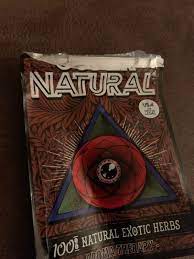
100% Natural Exotic Herbal Incense
Original price was: $90.00.$60.00Current price is: $60.00. Add to cart -
Sale!
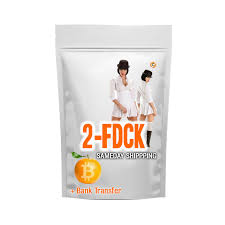
2-FDCK
$50.00 – $2,200.00 Select options -
Sale!
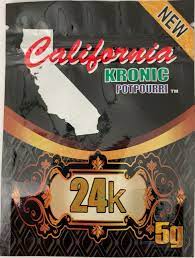
24K Carlifornia Chronic Incense
Original price was: $45.00.$33.00Current price is: $33.00. Add to cart -
Sale!
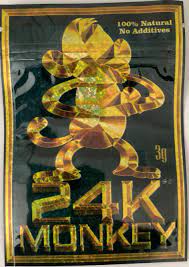
24K Monkey Herbal Incense
Original price was: $35.00.$25.00Current price is: $25.00. Add to cart -
Sale!
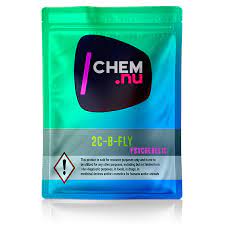
2C-B-FLY ACID
$110.00 – $1,800.00 Select options -
Sale!
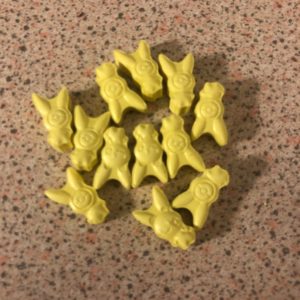
2cb Yellow batman Pills
$100.00 – $1,100.00 Select options -
Sale!
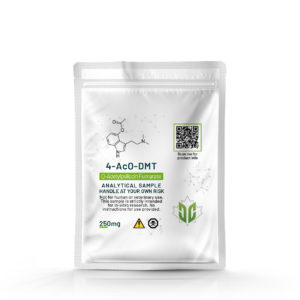
4-ACO DMT
$100.00 – $1,800.00 Select options -
Sale!
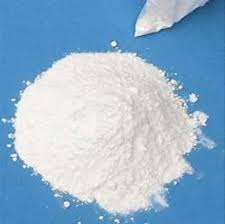
4EMC
$50.00 – $2,100.00 Select options -
Sale!
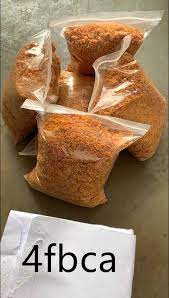
4F-BCA
$40.00 – $2,100.00 Select options -
Sale!
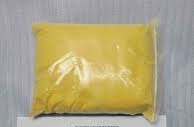
5-CLADBA
$35.00 – $1,800.00 Select options -
Sale!
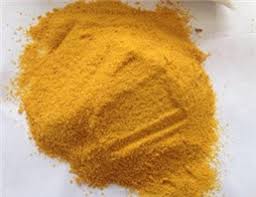
5-FAEB2201
$30.00 – $1,700.00 Select options -
Sale!
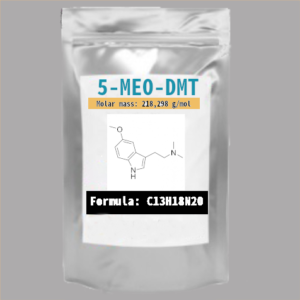
5-MeO-DMT
$120.00 – $1,900.00 Select options -
Sale!

5-MEO-DMT
$50.00 – $2,100.00 Select options